Beyond Dicing: Innovative Applications of Dicing Machines in the Prefabricated Food Industry
The Driving Force Behind the Prefabricated Food Boom: Standardized Processing Equipment
In recent years, the prefabricated food industry has experienced explosive growth, fueled by consumption upgrades, restaurant chain expansion, and faster-paced lifestyles among younger consumers. Both B2B supply chains and C-end household markets increasingly demand standardized, scalable, and automated production.
At its core, prefabricated food is an industrialized product requiring stringent control over capacity, efficiency, cost, and safety. Among the entire processing chain—from raw material preparation to final packaging—precise cutting plays a pivotal role in ensuring product quality and throughput efficiency.
Traditional manual cutting or low-end equipment can no longer meet modern food industry demands for standardization, high throughput, stability, and efficiency. Dicing machines have thus become key equipment driving productivity improvements and quality enhancements in prefabricated food manufacturing.
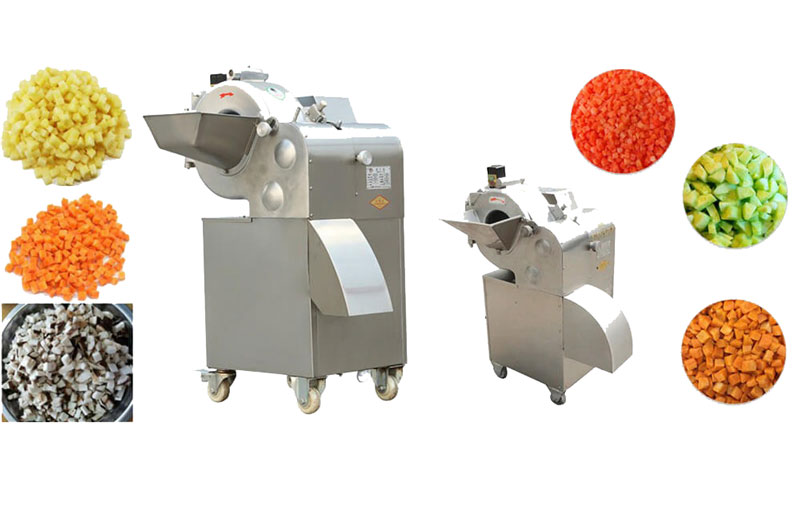
Evolving Core Requirements for Cutting Equipment in the Prefabricated Food Industry
Prefabricated foods encompass a wide variety of categories—vegetables, meat, seafood, soy products, mushrooms—each with distinct raw material characteristics. Uniform and standardized cutting directly affects:
✅ Product appearance and visual appeal
✅ Cooking consistency and texture
✅ Supply chain stability and packaging efficiency
✅ Cost control through reduced waste and improved yield
Specific Cutting Requirements by Prefabricated Food Type
| Category | Typical Cutting Needs | Example Products |
|---|---|---|
| Clean Vegetable Processing | Precise peeling + uniform slices, dices, strips | Potato slices, lotus root, pumpkin sticks |
| Fast-Food Chains | Large coarse dices, thick meat chunks, standard strips | Braised pork cubes, chicken breast strips, beef cubes |
| Home Cooking | Fine uniform cubes, small pieces, consistent thickness | Potato cubes, carrot dices, bell pepper chunks |
| Snack Foods | Fine particle size, neat edges, small regular cubes | Cheese cubes, fruit dices, jerky bits |
Without precise and standardized cutting equipment, issues arise such as:
❌ Inconsistent size leading to uneven cooking and unstable texture
❌ Low packaging efficiency and increased defect rates
❌ High labor costs and difficult cost control
❌ Poor flexibility for multi-product manufacturing, limiting scalability
Multifaceted Value of Dicing Machines in Prefabricated Food Production
Modern dicing machines have evolved far beyond simple “block cutters” to become:
✅ Precision cutting devices
✅ Flexible, multi-functional platforms for various product specs
✅ Core nodes in automated production line integration
1️⃣ Flexible Multi-Specification Adjustment for Diverse Product Needs
Rapid blade and module swaps
Support for sizes ranging from 3mm to 50mm
Capability for multiple shapes: slices, strips, dices
Adjustable cutting modes: thickness control, angled cuts, rotary cuts
This flexibility enables enterprises to boost production agility and rapidly respond to market demands.
2️⃣ Higher Precision, Better Appearance, Stronger Market Competitiveness
Smooth, clean cut surfaces without tearing, rough edges, or crushing
Preservation of cellular structure minimizing juice loss, enhancing texture
Uniform thickness promotes even marination, cooking, freezing
Standardized cuts enhance brand image and customer trust
Accurate dicing transforms prefabricated food products from “factory-made” to “premium brand” status.
3️⃣ Seamless Integration with Full Production Lines to Enhance Automation and Efficiency
Prefabricated food manufacturers commonly deploy central kitchens and standardized production facilities. Dicing machines are integrated with:
Washing and peeling equipment
Blanching and cooling lines
Automatic weighing, inspection, and sorting systems
Vacuum and modified atmosphere packaging
Customized interfaces, synchronized controls, and matched line speeds create smooth, automated workflows that reduce labor needs and boost throughput.
4️⃣ Enhanced Raw Material Adaptability, Higher Yield, and Cost Control
Tailored blade designs and process adjustments for different materials:
Fragile/high-moisture vegetables to prevent breakage and juice loss
High-tendon meats with anti-threading and anti-stick blades
Sticky ingredients combined with cooling and anti-adhesion features
Oxidation-prone materials linked with preservation steps to reduce spoilage
These adaptations increase first-pass yield, reduce waste, and directly improve cost-efficiency.
Comprehensive Benefits of Introducing Dicing Machines in Prefabricated Food Production
| Investment | Output Benefits |
|---|---|
| One-time equipment purchase | 3-5x increase in daily capacity, 70-80% labor savings |
| Enhanced automation | Shortened production cycles, reduced inventory turnaround times, improved delivery punctuality |
| Improved product standardization | Increased customer satisfaction, higher reorder rates, fewer complaints |
| Increased raw material yield | 3-8% reduction in defects, lower raw material loss, better cost control |
| Quality control and brand enhancement | Strengthened market competitiveness, expanded premium customer base |
Dicing machines are more than an equipment upgrade—they represent a foundational step towards modern, standardized food processing.
Real-World Case Studies
Case A: Central Kitchen / Prefabricated Food Plant
Pain Points: Low manual cutting efficiency, inconsistent batches, poor standardization
Solution: Custom multi-spec dicing machine integrated with automated packaging line
Results: 300% capacity increase, 6% yield improvement, 2-day shorter delivery cycle
Case B: Clean Vegetable Processing Factory
Pain Points: Diverse product range with frequent specification changes, high labor costs
Solution: Modular multi-use blade sets with rapid changeover, linked to weighing and inspection systems
Results: 60% labor reduction, 5% defect rate reduction, 20% cost savings, improved customer satisfaction
Industry Insights: The Future of Prefabricated Food Lies in Standardized Production Capacity
Key development trends for the prefabricated food industry include:
✅ Standardization
✅ Flexibility
✅ Automation
✅ Intelligence
Dicing machines have evolved from standalone devices into central processing nodes that determine factory-wide efficiency, quality, and competitiveness.
Early adopters of modern, standardized processing equipment will command stronger market positions and greater growth opportunities.
Must-Read Blogs For Chain Restaurants Owner

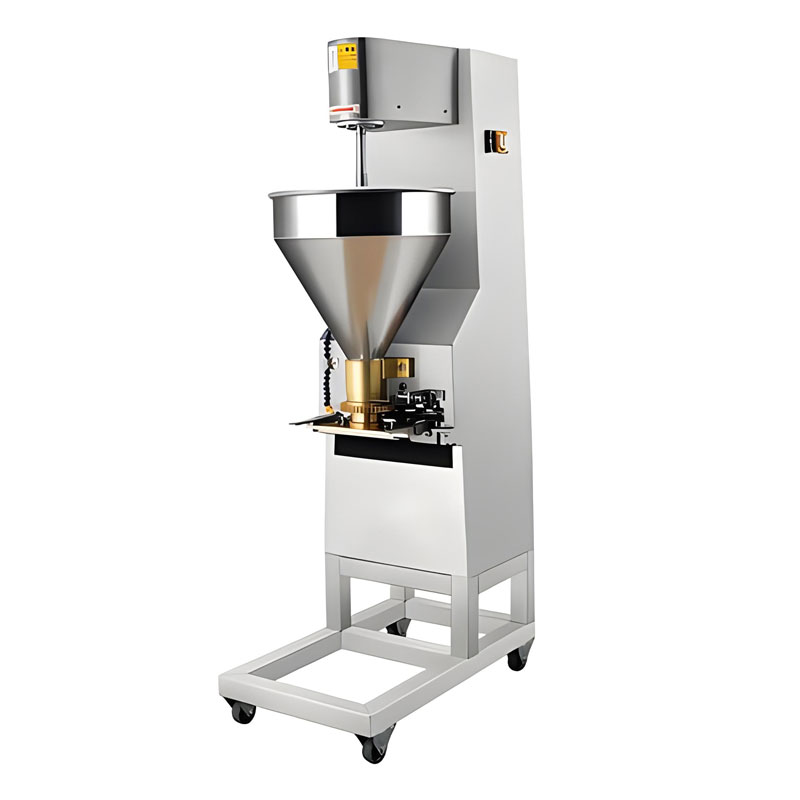
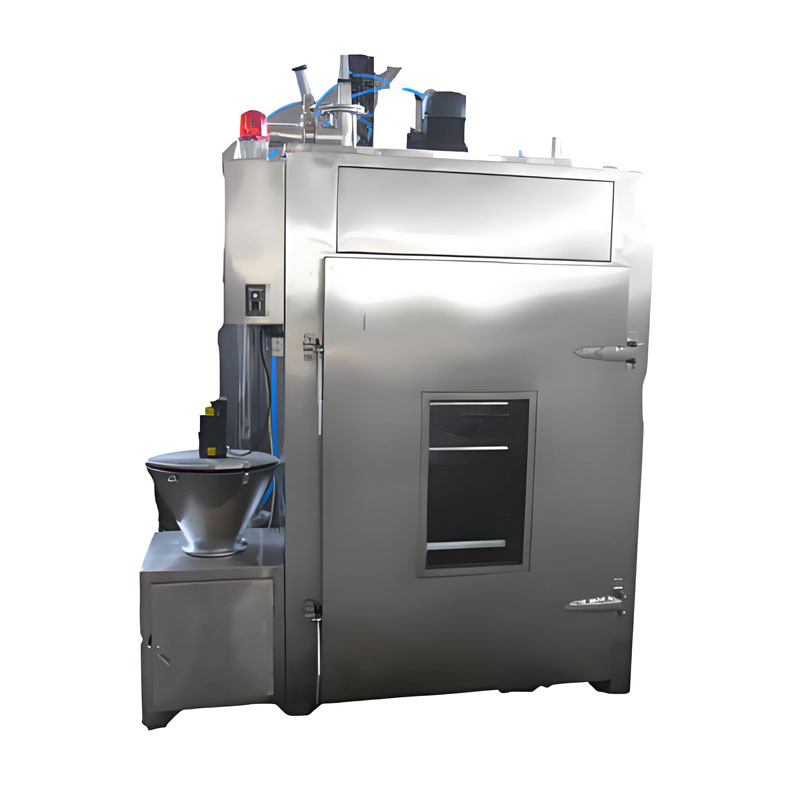
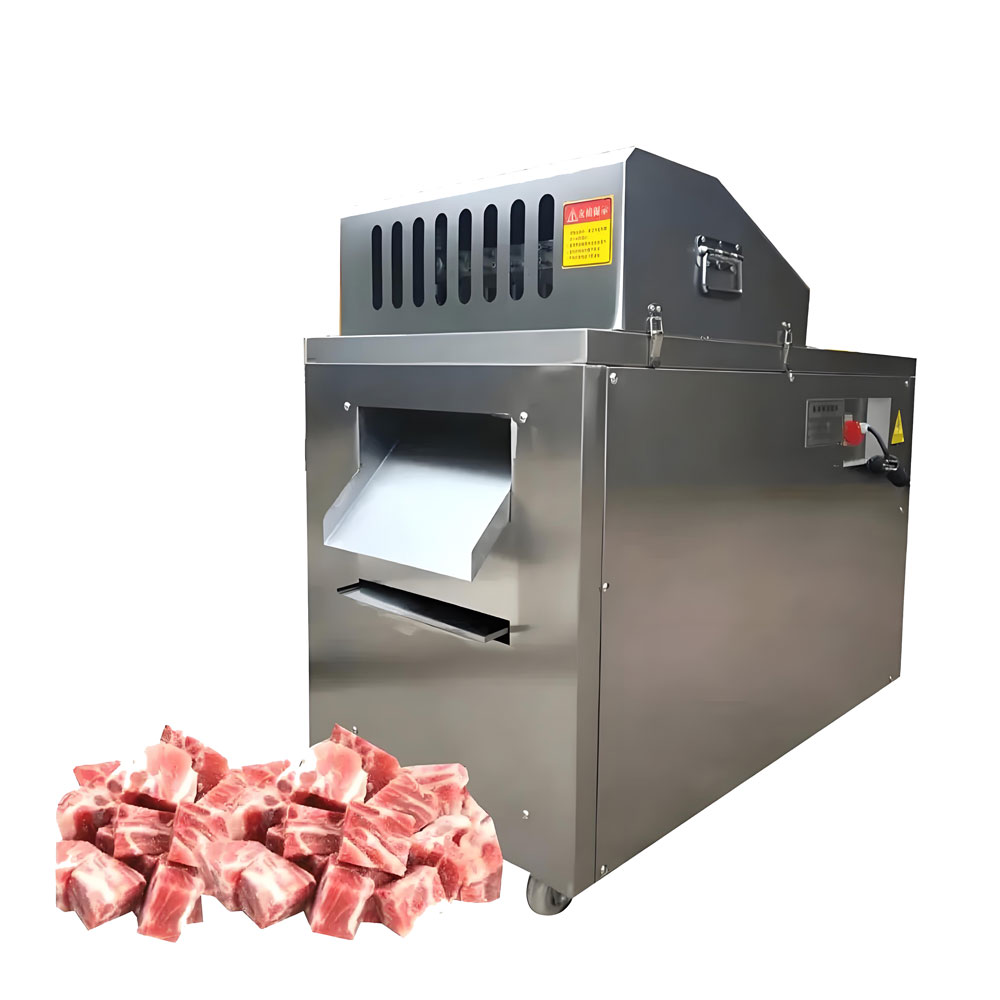
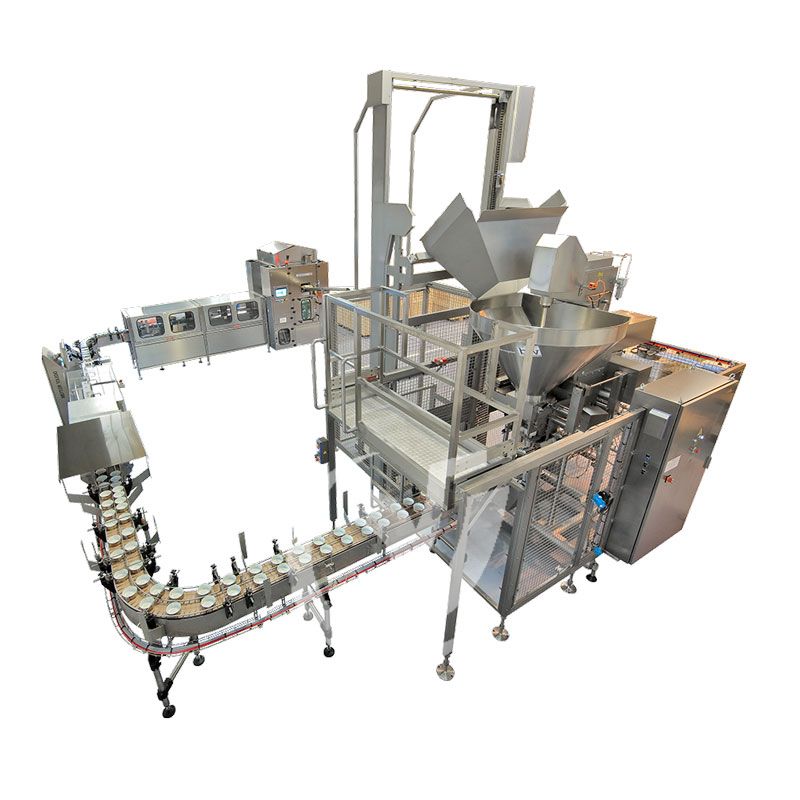

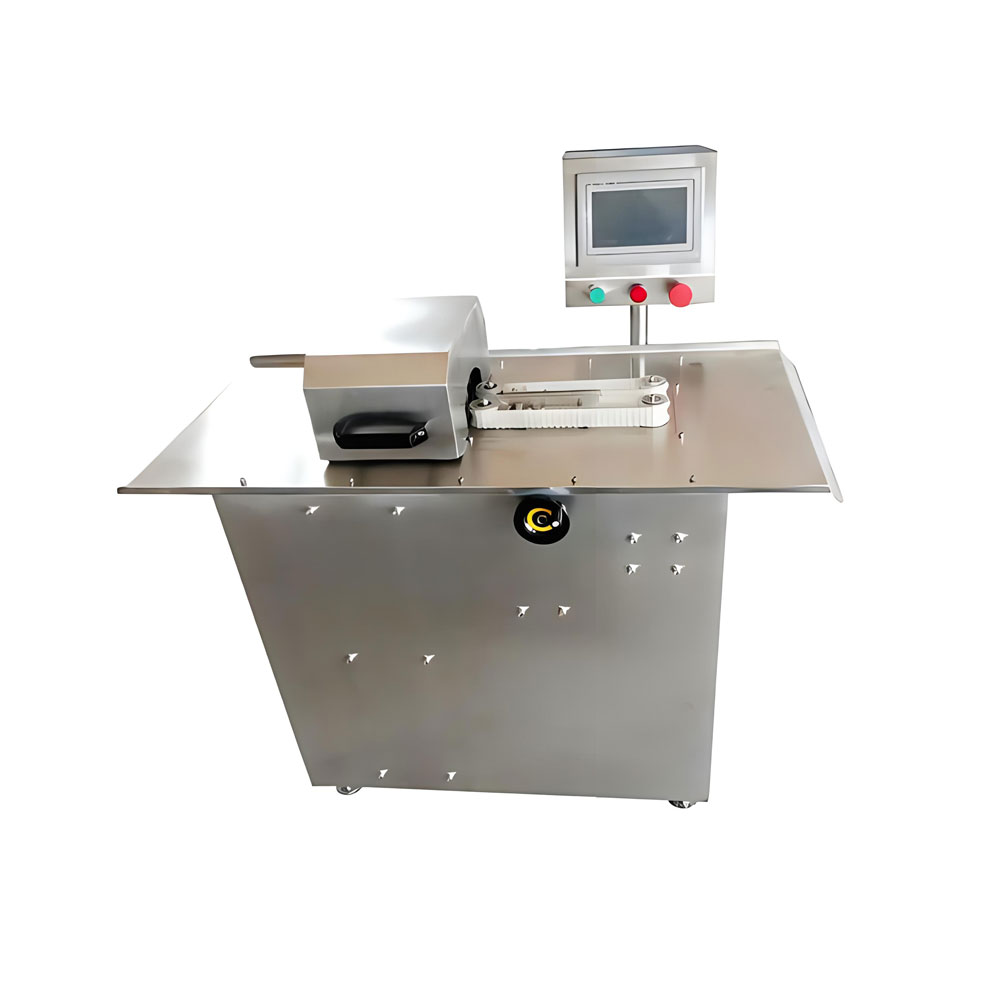
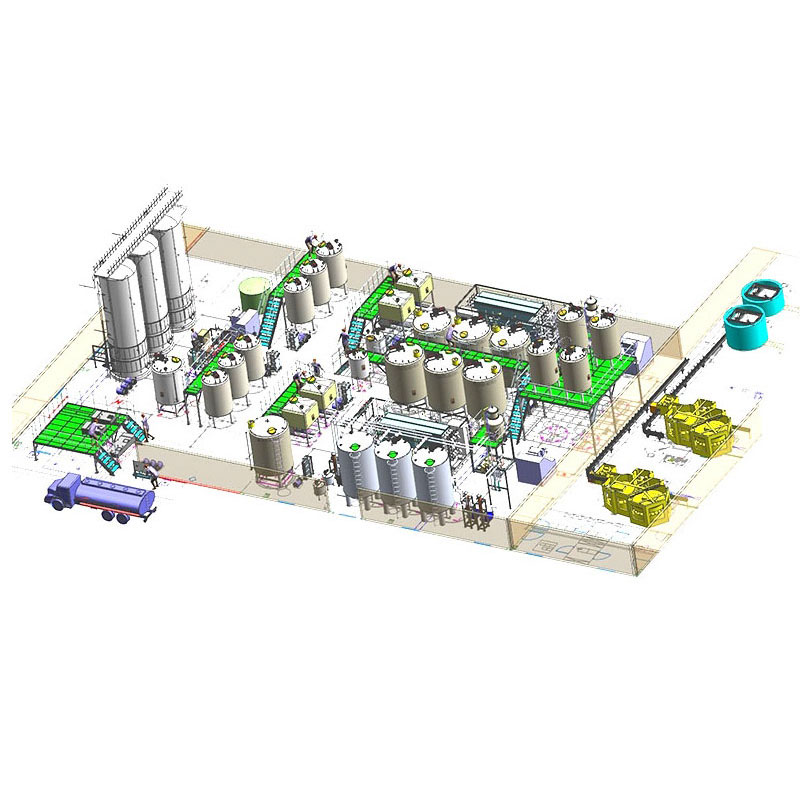
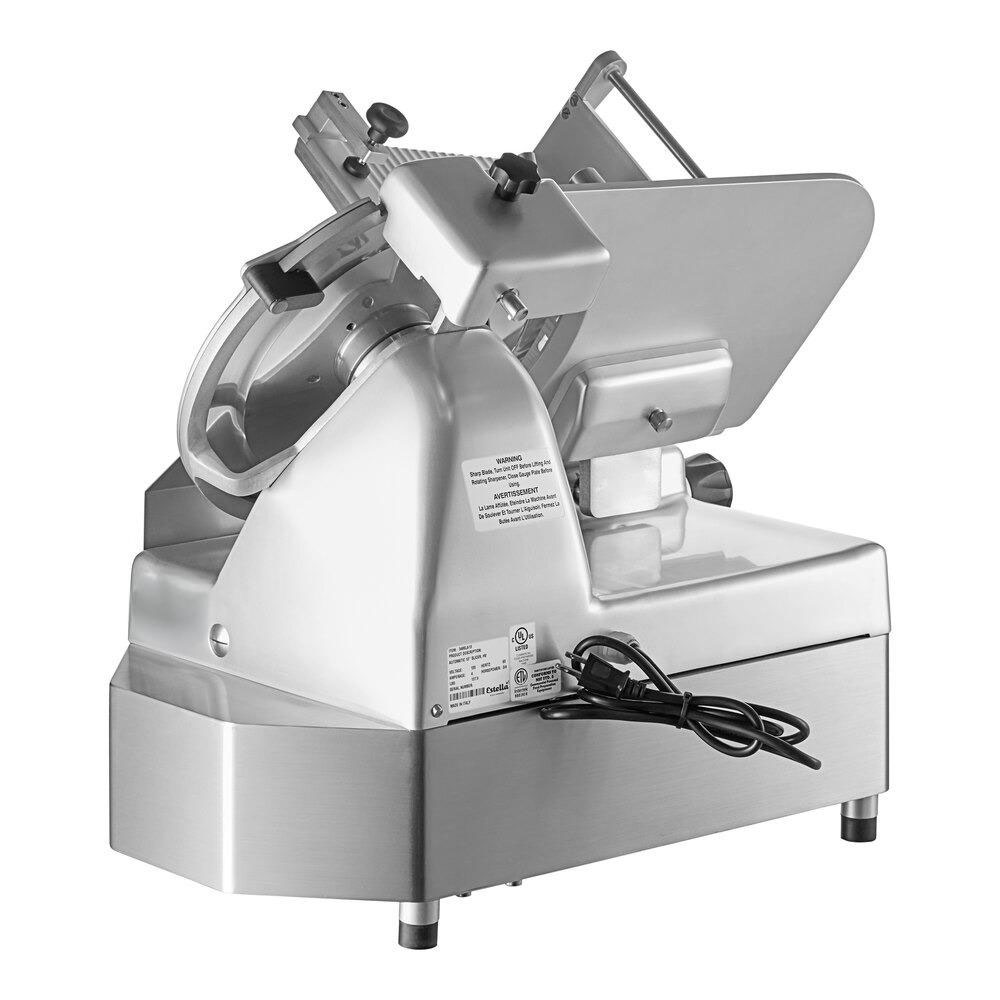
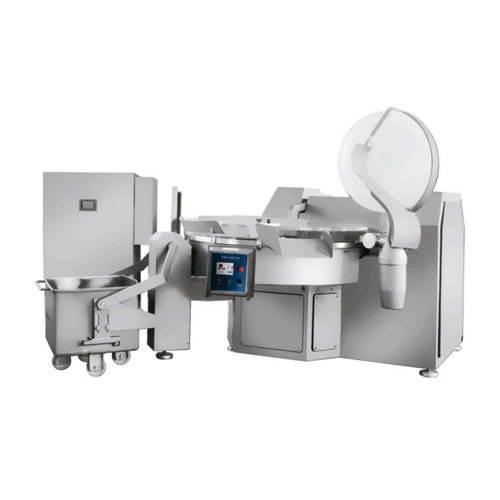
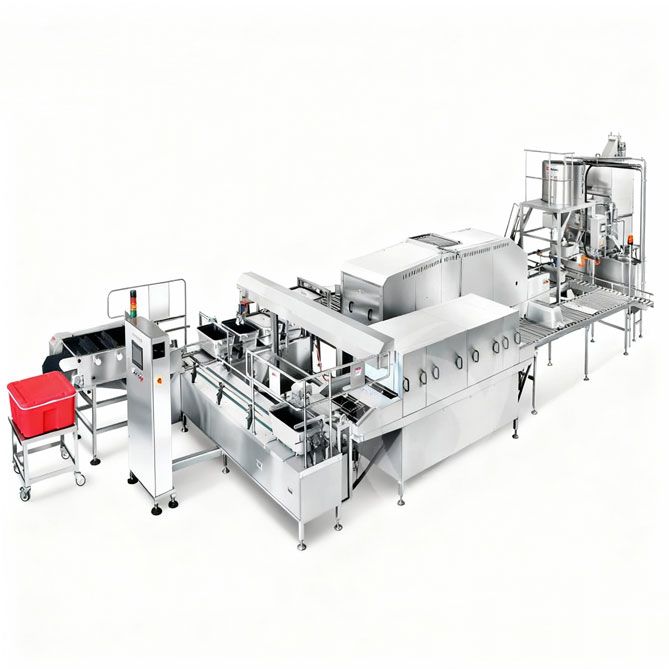
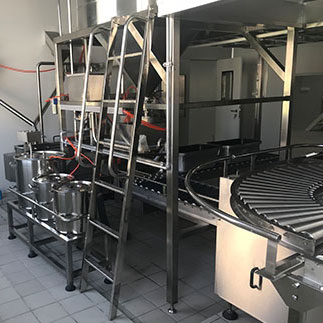 Cold Chain Rice Production Line
Cold Chain Rice Production Line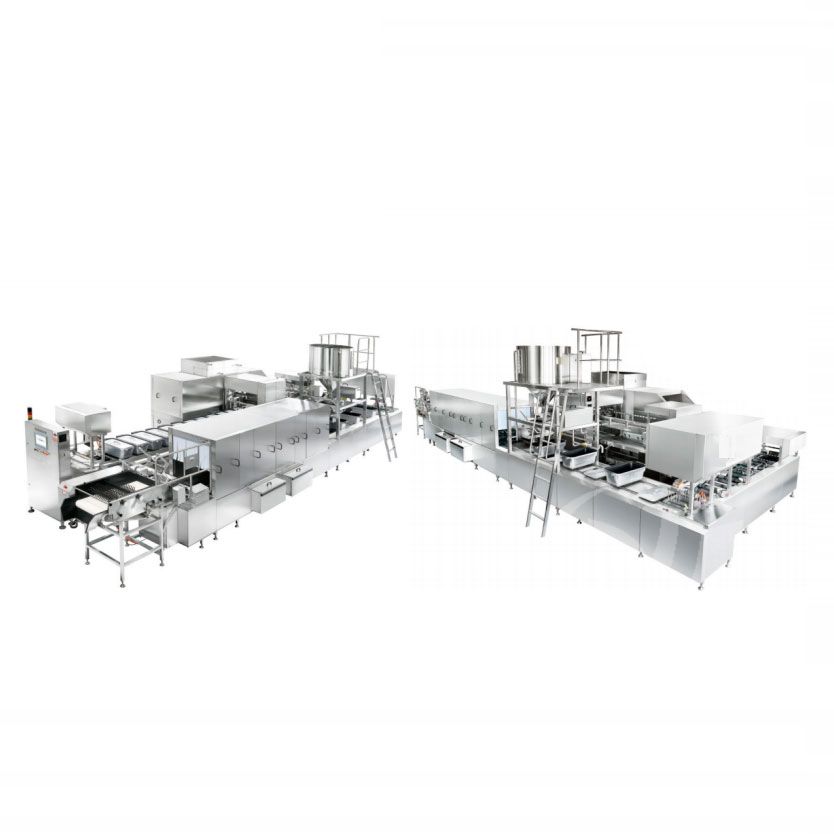 Unmanned Intelligent Rice Production Line
Unmanned Intelligent Rice Production Line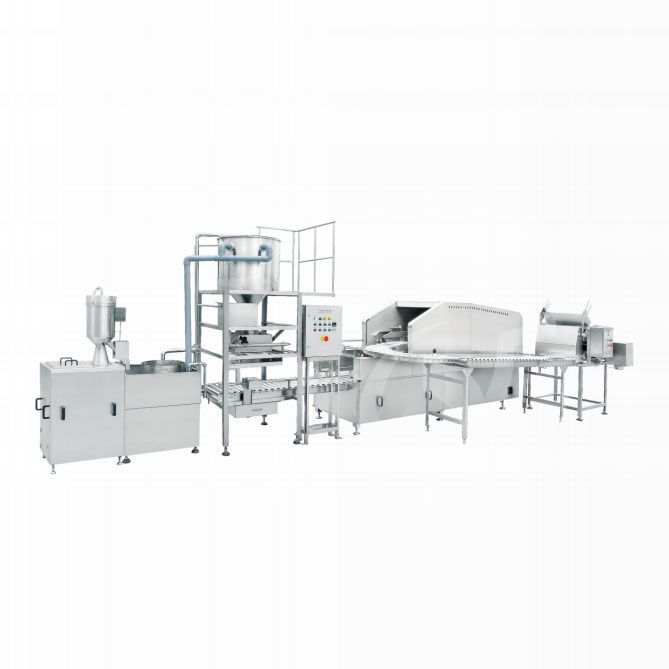 Automatic Rice Production Line
Automatic Rice Production Line
Ready to Get Started?